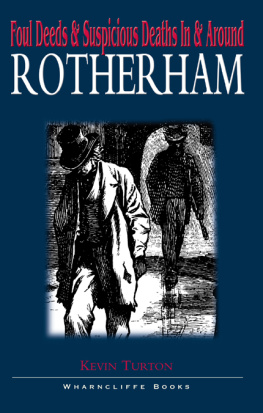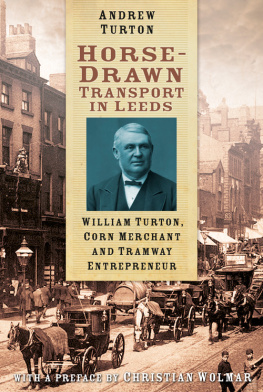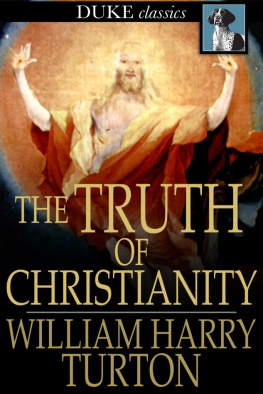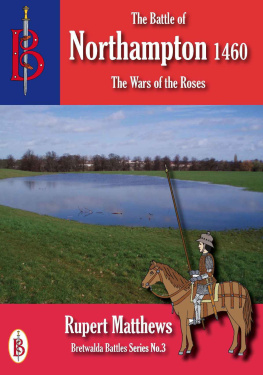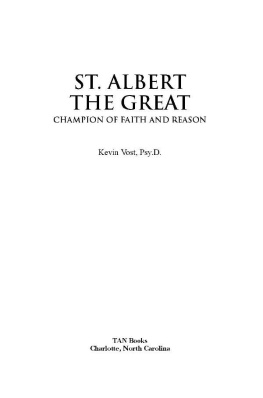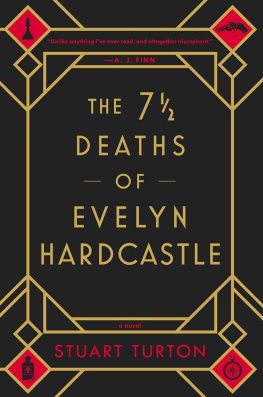Contents
Guide
Pagebreaks of the print version

First published in Great Britain in 2016 by
PEN & SWORD MILITARY
an imprint of
Pen and Sword Books Ltd
47 Church Street
Barnsley
South Yorkshire S70 2AS
Copyright Kevin Turton, 2016
ISBN: 978 1 47383 416 3
PDF ISBN: 978 1 47387 363 6
EPUB ISBN: 978 1 47387 362 9
PRC ISBN: 978 1 47387 361 2
The right of Kevin Turton to be identified as the author of this work has been asserted by him in accordance with the Copyright, Designs and Patents Act 1988.
A CIP record for this book is available from the British Library
All rights reserved. No part of this book may be reproduced or transmitted in any form or by any means, electronic or mechanical including photocopying, recording or by any information storage and retrieval system, without permission from the Publisher in writing.
Printed and bound in England
by CPI Group (UK) Ltd, Croydon, CR0 4YY
Typeset in Times New Roman by Chic Graphics
Pen & Sword Books Ltd incorporates the imprints of
Pen & Sword Archaeology, Atlas, Aviation, Battleground, Discovery, Family History, History, Maritime, Military, Naval, Politics, Railways, Select, Social History, Transport, True Crime, Claymore Press, Frontline Books, Leo Cooper, Praetorian Press, Remember When, Seaforth Publishing and Wharncliffe.
For a complete list of Pen and Sword titles please contact
Pen and Sword Books Limited
47 Church Street, Barnsley, South Yorkshire, S70 2AS, England
E-mail:
Website: www.pen-and-sword.co.uk
Acknowledgements
I would like to thank all the writers of the works below, Northampton Central Library, and especially Maureen Yule, whose patience knows no bounds and without whom this book would have been incomplete.
History of the Northamptonshire Regiment
The War to End Wars 1914-1918, Readers Digest
Rotherham at War and Peace, Margaret Drinkall
A Northampton Century, Educational Association
Twentieth Century Pubs, John Wilson
Northampton General Hospital Archives
Victorian Northamptonshire
The Northampton Mercury Archive, Central Library
Kellys Directory 1922, Central Library
Spartacus-Educational.com
Life Went On 1914-1916, Steve Bence and Andrew Dace
The Evening Telegraph
The Rugby History Society
Introduction
Comparatively little has been written about Northampton in the Great War of 1914-1918, yet like other towns across the country this was a war that changed forever how people in the town lived, worked and endured. The war placed huge demands on both those who stayed at home and those who enlisted. It changed the way industry operated, broke down barriers and created opportunity, particularly for women. In an age of empire, when all wars were fought in far-off lands with exotic names, 1914 brought war to the Home Front.
Every aspect of life was affected, changed and influenced by this catastrophic conflict once the guns opened fire on the other side of the Channel. Men left their work and put on khaki. The town watched them march off to fight. Homes lost their breadwinners. Industries were forced to change long-held views and working practices. Women found both a place and a voice hitherto denied them, and Ivor Novello wrote, Keep the Home Fires Burning, which awakened in the civilian population a sense of patriotism never before seen. This was an immense war, fought on an immense scale that damaged virtually every family in Northampton; such was its impact.
From this distance in time it is extremely difficult to grasp the enormity of the changes wrought upon not only the town but also every individual that lived through it, either at home or in a trench. It has always puzzled me why people allowed the war to continue when they could see the losses. How the commanders of these huge armies succeeded in killing so many men and were left in place to continue the carnage for almost five years. But the more I studied the war and how Northampton reacted to it the more I began to comprehend the mood of those who lived through those years. It was a first. No war of this type had ever been fought before. No one, not even the generals, I would guess, had any real idea of the impact modern warfare would have on the way battles were to be fought. In turn, those left at home had no understanding either of what it meant when their sons, husbands, fathers and daughters enlisted to fight the Hun.
For the first time in history the Home Front, which had spent every other war cossetted and generally untouched by its impact, found itself at the forefront. Women were actively encouraged to recruit men into the armed services, wasteland was ploughed and planted to increase crop yields for food, families dug up their gardens, the army formed Home Guard units, workers were persuaded to buy War Bonds, and in many places Zeppelins successfully crossed the Channel and bombed towns. This was a peoples war in all respects and nothing would ever be the same again.
The years 1914 to 1918 challenged the ingenuity and stoicism of a whole community. What I have tried to do in the following narrative is show how the people of Northampton met those challenges, how they reacted to the war, and what exactly happened in the town throughout these years. The way they raised funds, met demands made upon them by the military, handled the huge numbers of wounded, coped with the loss of freedom demanded by the government, and how Northamptons men volunteered in their thousands to leave civilian life and don uniforms, many never returning, and many who did left severely handicapped by their experiences.
This is Northamptons story of the Great War.
CHAPTER 1
1914
A Sense of Excitement
As 1913 was consigned to history and new year celebrations welcomed in 1914, there was the usual hope and expectation by most people that it would be a better, more successful year than its predecessor. There were certainly no thoughts of war. In fact, its doubtful any country in Europe saw conflict on the horizon. War, due to an everlasting round of shifting alliances, would have been seen by most as simply impossible. Here in Britain there had been no serious involvement in conflict since the Crimea in the 1850s, a long-ago war that made little impact and by this time was a distant memory. So, when people across the county returned to work at the start of January 1914 they were returning to the familiar, perhaps even mundane, routine of life with little expectation of change.
Northampton at this time had a population of around 95,000. Most were centred in or around the town, living in mainly terraced, poor-quality housing, often damp, with poor sanitation, and space at a premium. According to county statistics collated at the end of 1913, of that total 29,700 were men of working age with the main employer being the shoe industry. In fact, approximately 12,000 men and 6,000 women of varying skills depended upon the wages it paid to provide for their families. The rest of the workforce held down jobs in engineering, the various breweries, flour mills or the building industry. So, overall, its fair to say the town was deemed relatively prosperous, though not without its problems. Industrial relations, particularly in that footwear sector, had suffered through the latter part of 1913. Sales and manufacturing success during the previous two or three years had also brought with it a number of complex problems, particularly when quality had become paramount and quantity a necessity, which in turn had begun to have a detrimental impact on the leather market causing unexpected shortages. In turn that had pushed up prices and pulled down demand in the industrys traditional market. Footwear with a longer lifespan meant replacement was less frequent. This caused the business owners to seek out new markets away from everyday wear and into the fashionable, more expensive, high end market where customers could afford to pay a higher premium. Inevitably, these changes impacted negatively on the workforce. Lower productivity meant fewer workers needed and, in many cases, fewer hours to be worked. By spring 1914, this combination of market forces and business trends caused most of Northamptons shoe factories to put their workforce on short time. With less money to live on and rents to pay, this led to inevitable disputes and a growing sense of anger, particularly amongst the union representatives who were being pressured by their members to bring the factory owners to the table and effect a change.








